Are you a journalist? Please sign up here for our press releases
Subscribe to our monthly newsletter:
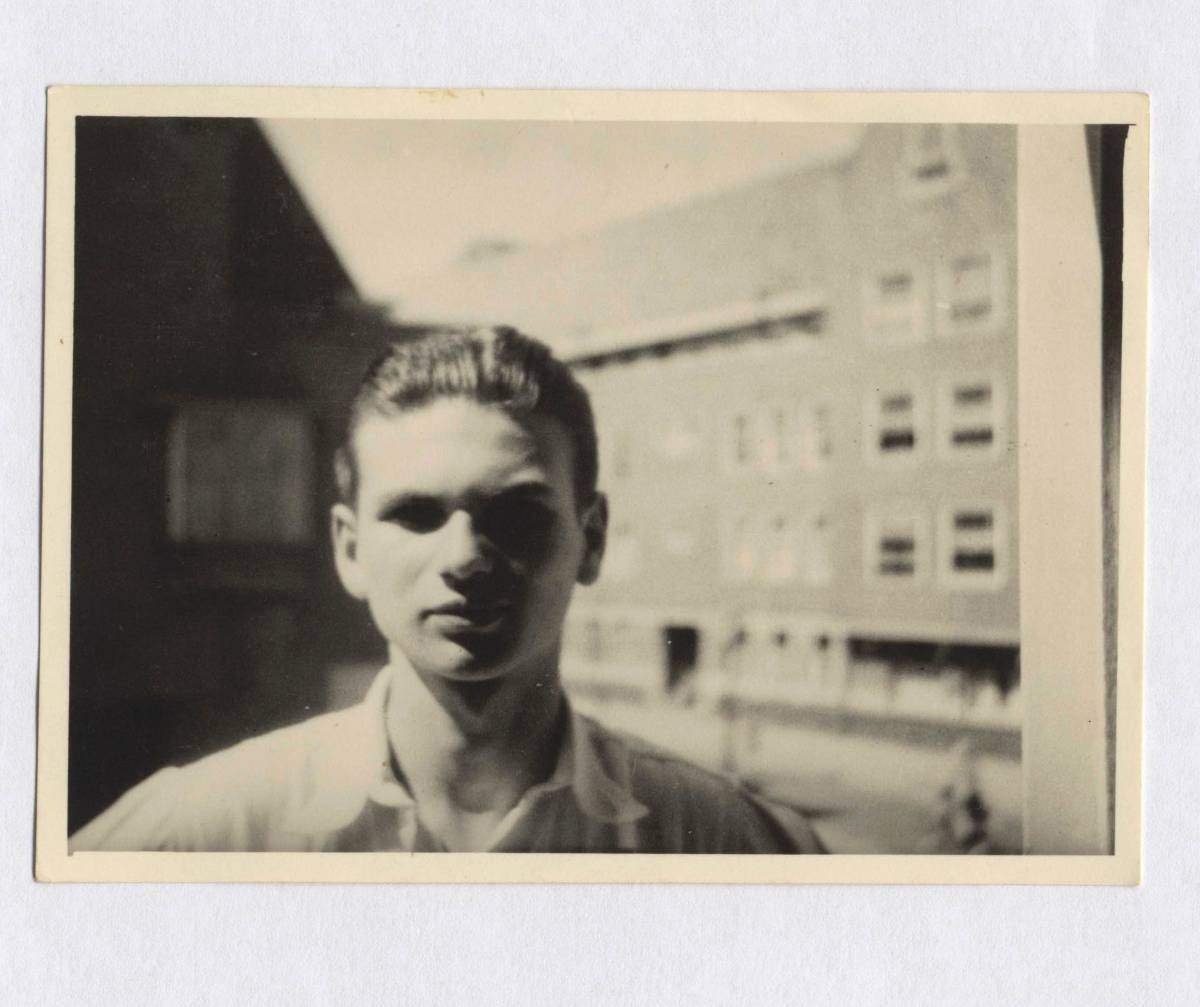
Prof. Abraham Blaugrund, known to his friends as Edek, was only nine years old when the Second World War broke out. His extended family in Poland entered into prolonged discussions on the best means of surviving, eventually deciding to split the family up: mother and son going one way, father another. Edek lived in hiding with forged documents. He had a private tutor, since attending school was out of the question. Thus at age 11, he came upon a high-school physics textbook, and he was fascinated. This magical field, he decided, would be his future course of studies. When the war ended, Edek and the members of his family who had survived went to the Netherlands, where he had an uncle. His father was not among the survivors.
At age 14, Edek enrolled in high school, and he was soon not only learning in Dutch, but his curriculum included English, German, French, Latin and classical Greek. He mastered all these, and also studied Hebrew, as he was planning on fulfilling his Zionist ambition to make Aliyah – moving to the land of Israel – as soon as he finished high school. Indeed, he enrolled in the “hachshara” training program but, under pressure from his family, Edek went instead to Delft University in the Netherlands. There, he joined the Zionist student group and even chaired the group for a few years. He began studying electronic engineering – close to physics but practical for working in the new country – but his attraction to physics won out and thus he changed his field of study to physics.
Edek first heard about the Weizmann Institute of Science from a mathematician friend at university who had been there on a visit. By the early 1950s, when Edek was in his early twenties, he had made two trips to Israel, volunteering on Kibbutz Tel Katzir. He managed to visit the Weizmann Institute on these trips, and, toward the end of his studies, Edek contacted the Institute for graduate studies. Prof. Amos de-Shalit met with him in Switzerland and was impressed with the young man, but he hesitated because he did not have the funds to take on research students. Ultimately, it was Prof. Israel Dostrovsky who met with him and gave his blessing for Edek to join the Institute.
When Edek arrived at the Institute, the physics building was under construction and Nuclear Physics was housed off campus. Prof. Gvirol Goldring, then head of the Experimental Physics Department, was on sabbatical. And the Institute had not yet received accreditation, so every student needed an outside supervisor; in Edek’s case, this was Prof. Peter Endt of the University of Utrecht. In other words, Edek was basically on his own. He consulted with Prof. De-Shalit once in a while, but his contact with his supervisor in the Netherlands was mostly limited to holiday greetings.
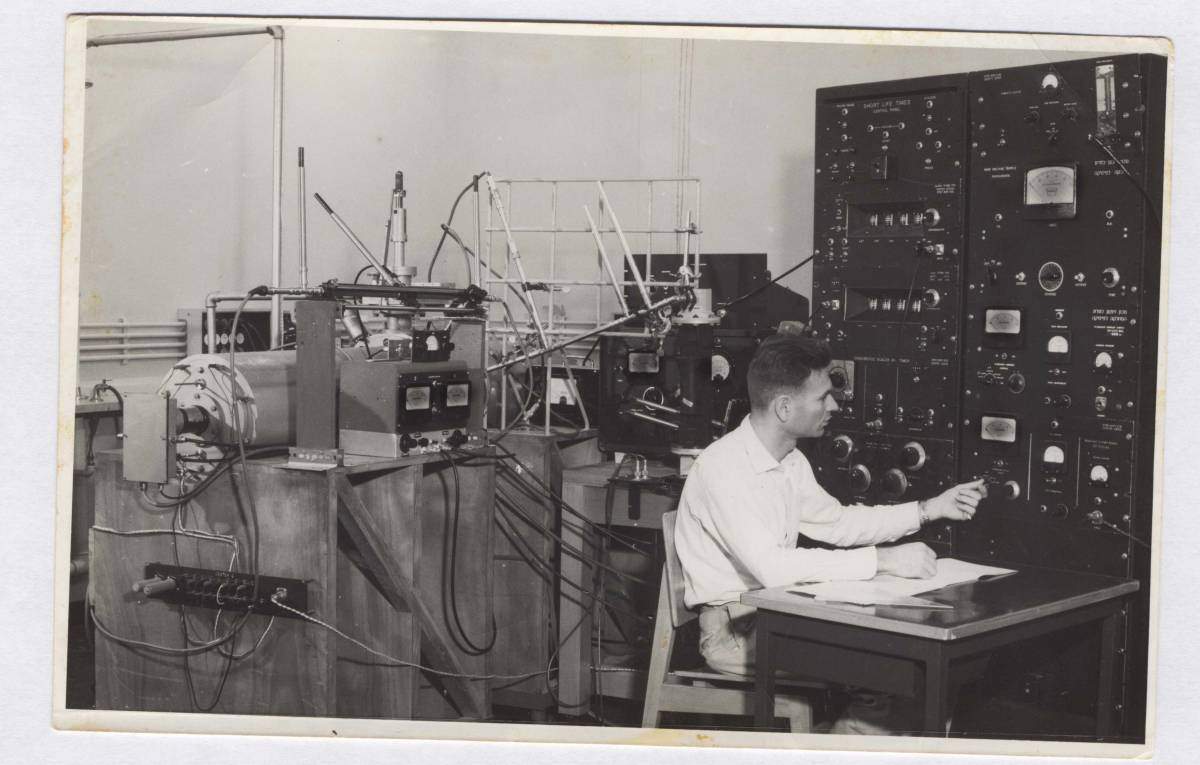
The doctoral research he undertook was an experiment in measuring the extremely short lifetimes of excited states in nuclei – that is, measurements in the range of hundredths of nanoseconds. Here his experience in electronic engineering came in handy: Together with members of the technical services, he planned and built an experimental device. “It is hard, today, to imagine how much work was involved,” says Edek. “There were no off-the-shelf components, and the project took years.” The finished apparatus took up half the lab, and it required a source of radioactivity. This source was produced in Copenhagen especially for the experiment, and Edek traveled to Denmark personally to pick it up. Of course there are proper ways of transporting radioactive material, but the half-life of the source was relatively short and Edek had to get it to the lab in Israel as soon as possible. So he put it in his pocket and returned straight home. A special shield was built for the source and the experiment began. Since there was no automatic recorder on the experiment, Edek slept in the lab for several days, setting an alarm to ring every half hour so he could write down the measurements. The findings of the experiment were reported in the prestigious journal Physics Review Letters, which has just begun publishing around that time.
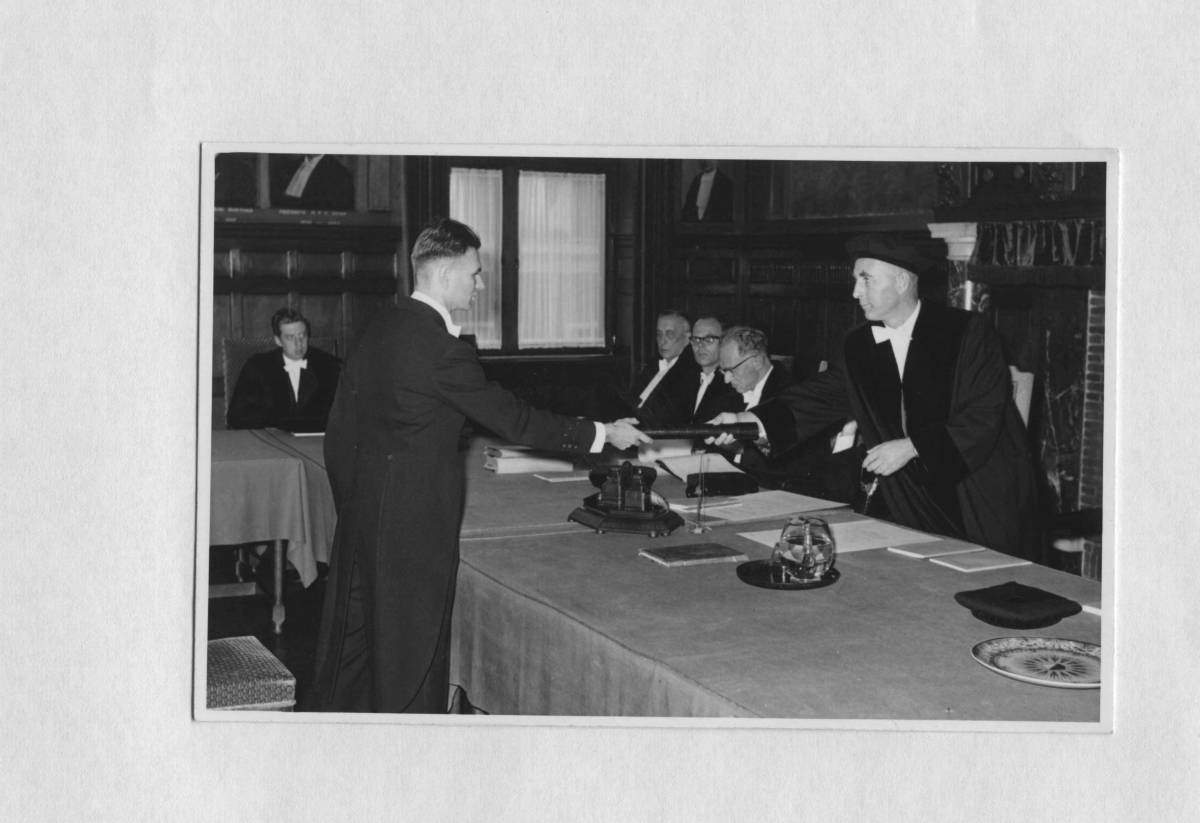
To receive his degree, Edek went to Utrecht with his wife, Ruth. There, he defended his doctoral research before the university senate. The official rules of the ceremony required him to dress in a frock coat, attended by two “best men” dressed in identical formal wear. Despite the ceremonial trappings, the candidate was also required to present the humorous side of his findings. In any case, Edek graduated magna cum laude. And just as he was earning the title “doctor,” he had earned another one, as well: Dad, to his firstborn son, Eran.
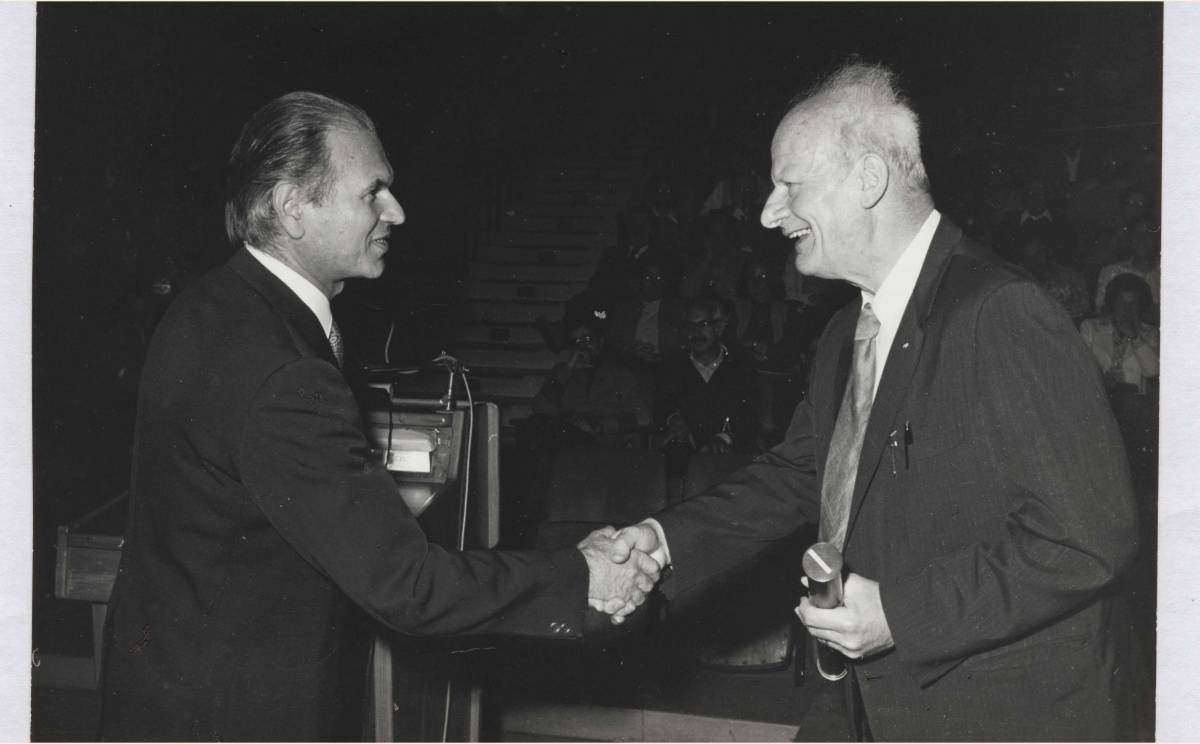
At the Weizmann Institute of Science, Edek shifted his focus to the field of plasma physics – a field in which he would make a number of notable contributions. A seminal paper was published in 1965, when he was on sabbatical at the Argonne National Laboratory in Chicago. The head of the lab offered him an attractive incentive to stay on in Chicago, but Edek answered: “I’m not interested in money!” This would become a catch-phrase and a source of humor between Edek and the head of the lab over the years. But Edek was truly more interested in his home at the Weizmann Institute than in money: When a second offer came in 1974 after his work in a US navy lab, he once again turned it down.
For more than a decade after joining the ranks of emeriti, Edek continued to make the daily trip to his lab in the basement of the physics building on the Weizmann Institute campus, and his contributions to the field continue to be felt.
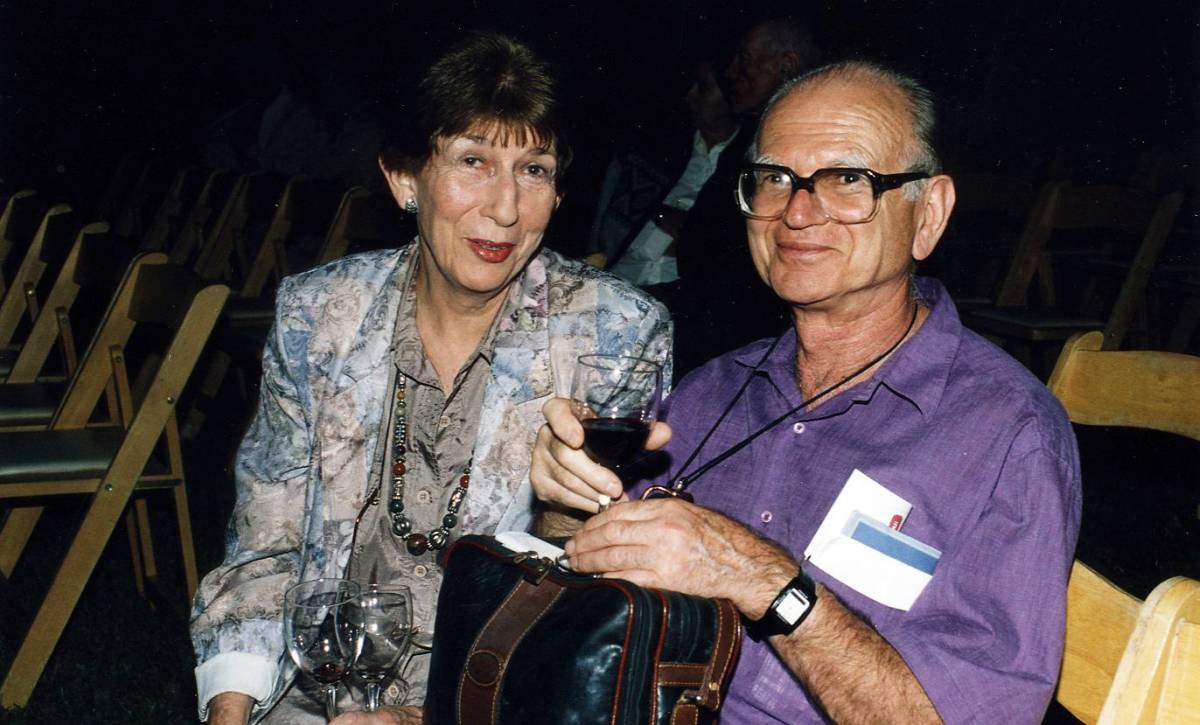
Two of Edek’s three children, Michal, Eran and Tamar, are connected with the Weizmann Institute of Science. Prof. Michal Irani is in the Institute’s Computer Science and Applied Mathematics Department. Dr. Eran Blaugrund completed his doctoral studies under the guidance of the Institute’s Prof. Michal Schwartz, and he then worked in the pharmaceutical industry in R&D, rising to prominent positions, including vice president of the new drug research unit in Teva. He now holds senior positions in several biotech firms and is a consultant for Yeda Research and Development, the technology transfer arm of the Weizmann Institute of Science.
Despite his fond memories of his first encounter with physics, Edek says he does not remember the name of that book that hooked him on the subject. And even if he found the book, he would not be able to read it: He had long ago forgotten the Polish language – even as he continued to understand the other languages he learned since.